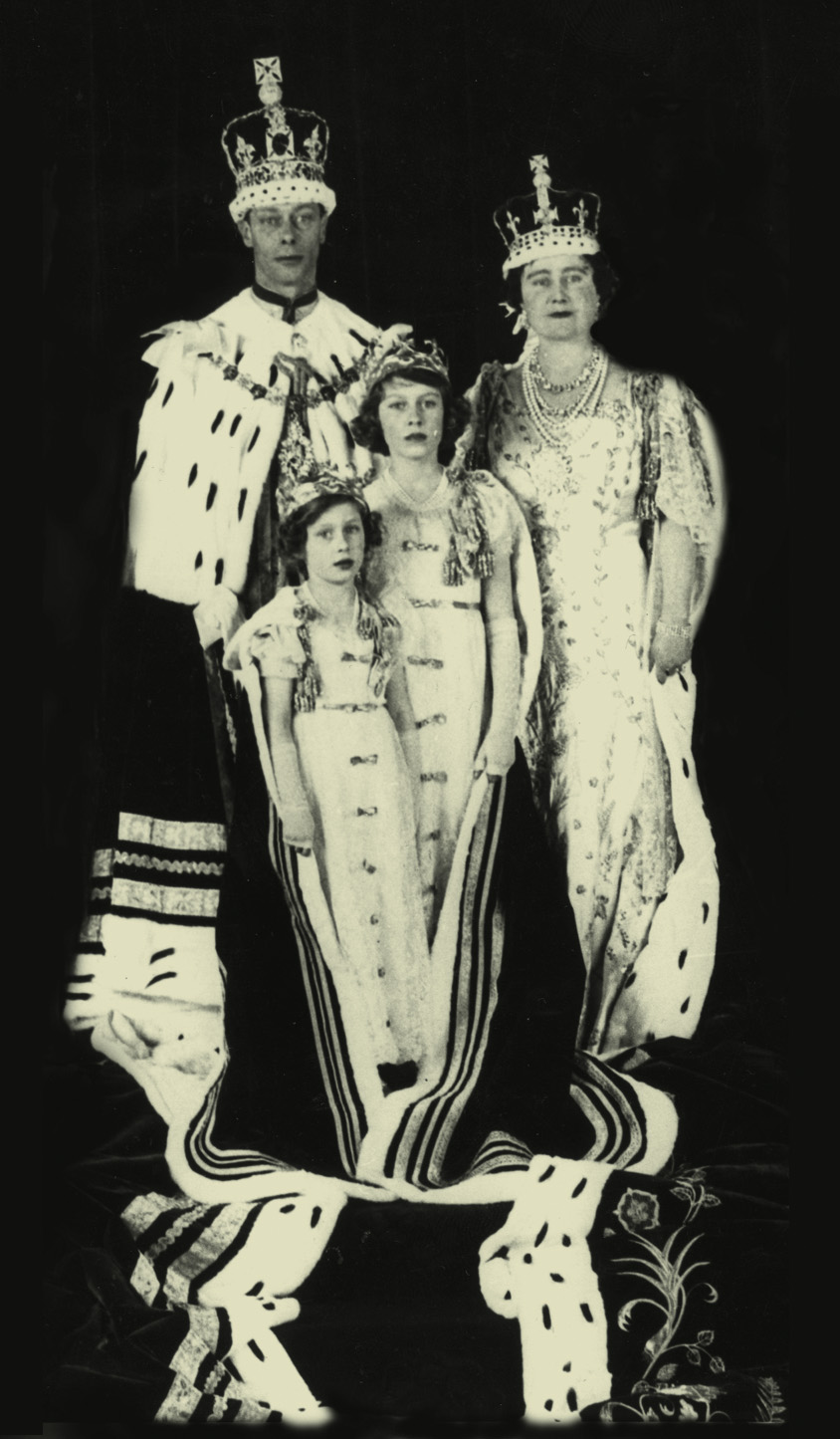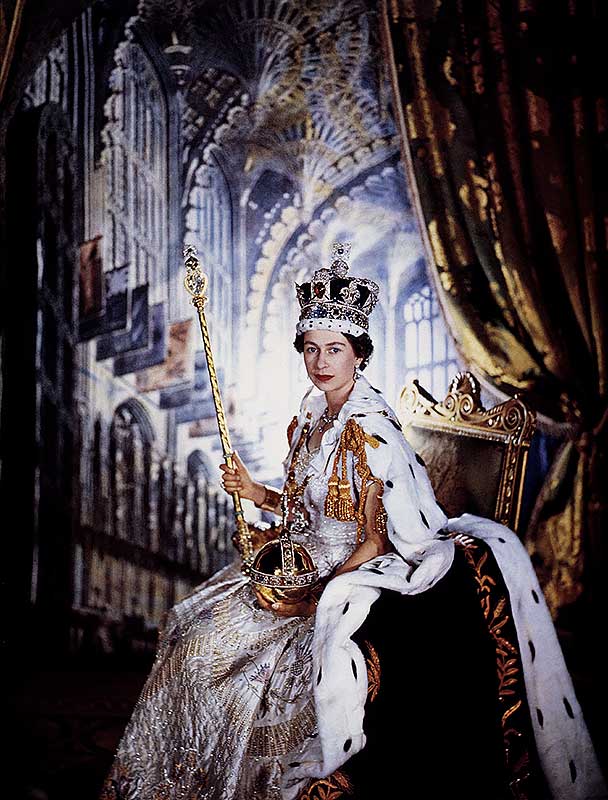Coronation is a ceremony at which a king, queen, or pope publicly receives a crown as a symbol of rule. The ceremony is usually rich in color and tradition. Most coronations have religious as well as political features, and a religious official often performs the ceremony. During the proceedings, the new ruler also receives other official marks of royalty. When accepting this power, he or she usually makes a pledge to rule wisely.

The British coronation
takes place in Westminster Abbey. The new monarch is conducted from the west door of the abbey along the nave to the crossing, where the ceremony is performed. First, the monarch sits in a Chair of Estate. The regalia–the crown, orb, scepter, rod, swords of state, spurs, ring, and bracelets that are used in the ceremony–are placed on the altar. The archbishop of Canterbury then presents the monarch to the people in the abbey as the true ruler of the realm. The monarch takes the coronation oath, swearing to rule justly and to support the Church of England. The monarch receives a Bible, which is placed on the altar. The celebration of the communion service of the Church of England then begins.

The service is interrupted after the Creed, and the monarch moves to King Edward’s Chair, also called the Coronation Chair. Here the monarch is anointed and clothed in a cloak of gold cloth. The spurs of St. George, a symbol of knighthood, are presented. The Sword of State is taken from its scabbard and carried before the monarch during the rest of the ceremony. Armills (bracelets) are put on the wrists of the monarch. The monarch receives the orb, a globe of gold surmounted with a cross signifying the rule of Christ over the world. The Coronation Ring, symbolizing the marriage of the ruler and the kingdom, is placed on the monarch’s right hand. The monarch receives a rod with a dove to hold in the left hand. The dove symbolizes the Holy Spirit. The monarch holds a scepter with a cross in the right hand. On top of the scepter is the Star of Africa, one of the largest cut diamonds in the world. After the monarch receives these symbols of authority, the archbishop of Canterbury places the crown of St. Edward on the monarch’s head.

The guns of the Tower of London fire a salute. The monarch moves to the throne after receiving a blessing from the archbishop. Nobles, carrying the swords of State, Temporal Justice, Spiritual Justice, and Mercy, surround the throne. The monarch gives the rod and scepter to an attendant, then receives pledges of loyalty from the clergy and the public.
The monarch then leaves the throne, removes the crown, and offers the archbishop the bread and wine for Holy Communion. The monarch takes Holy Communion and returns to the throne. Then the monarch receives the crown, scepter, and orb, and walks in procession down the nave, leaving the abbey through the west door. A banquet follows the coronation. In earlier times, a fully armed knight, the King’s Champion, rode into the banquet hall to challenge anyone who questioned the monarch’s right to the throne.
The British coronation ceremony is quite ancient. The earliest record of the ceremony dates from about the A.D. 750’s. King Edward I made the Coronation Chair to contain the Stone of Scone (or Stone of Destiny), the Coronation Stone of kings of Scotland.
Development.
Ancient Germanic tribes elected their rulers. The newly elected king received a spear, and a band of silk or linen was placed on his forehead. As the king sat upon a shield, his warriors lifted him to receive the acclamation of his followers.
According to a custom mentioned in the Bible, kings were anointed with chrism, a mixture of oil and balm. People thought that chrism gave the anointed ruler special miraculous powers. In England, popular belief held that a person who even touched the king’s clothes could be cured of illness. In some coronation ceremonies, the ruler was ordained as one of the lower ranks of the clergy.
